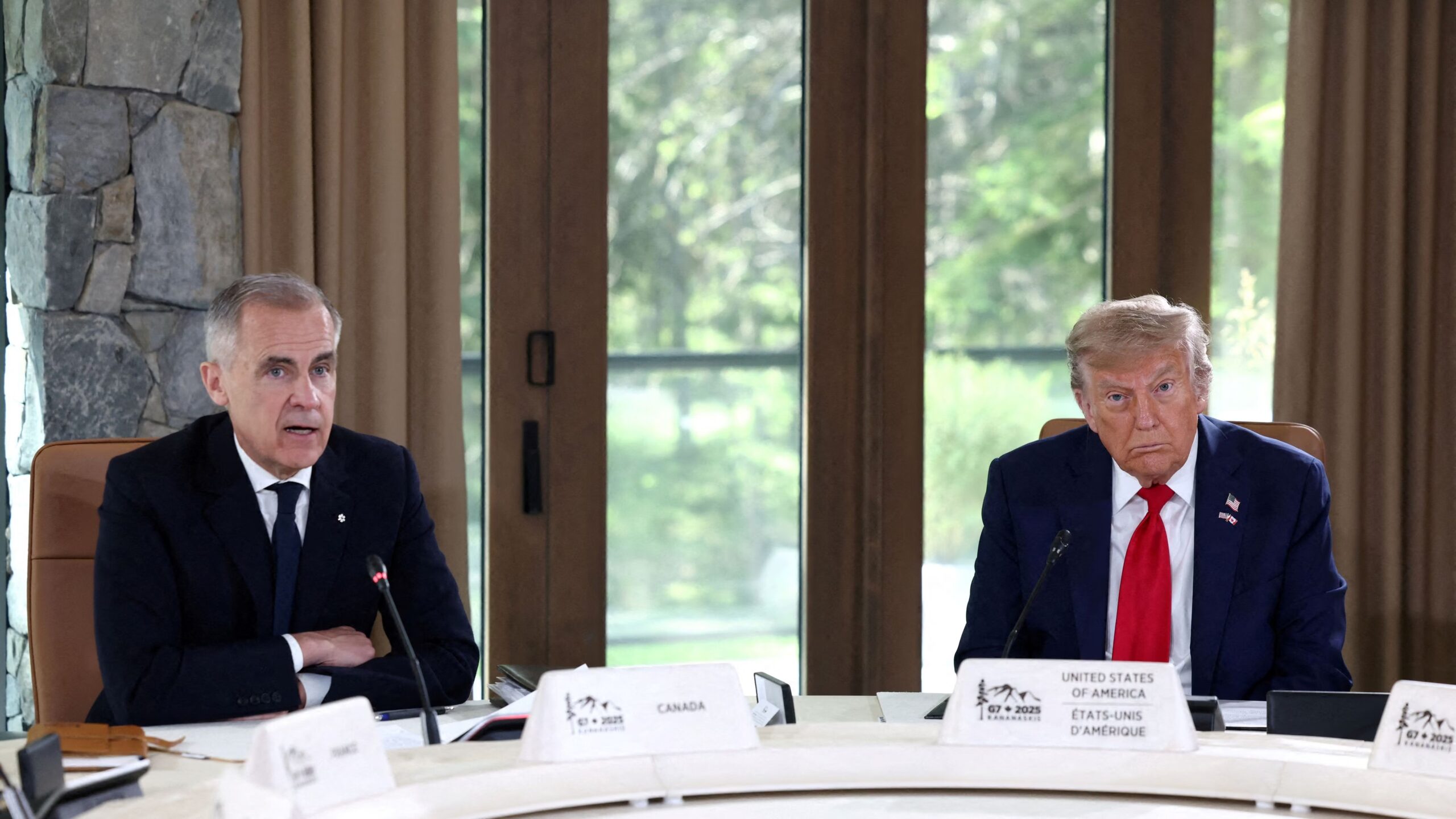
U.S. President Donald Trump announced on Thursday that tariffs on Canadian imports will increase to 35%, effective August 1. The move comes amid tensions over Canada’s retaliatory duties against the United States.
In a letter addressed to Canadian Prime Minister Mark Carney posted on social media platform X, Trump criticized Canada for imposing retaliatory tariffs instead of cooperating with the U.S. He linked the tariff increase to concerns over fentanyl trafficking, stating, “If Canada works with me to stop the flow of Fentanyl, we will, perhaps, consider an adjustment to this letter.”
According to U.S. Customs and Border Protection, 43 pounds of fentanyl were seized at the northern border in 2024, with an additional 58 pounds confiscated so far this year.
Prime Minister Carney responded via X, affirming Canada’s efforts to combat fentanyl and expressing commitment to continued cooperation with the U.S. He reiterated that Canada will defend its workers and businesses while working toward the August 1 deadline.
Tariff Details and Warnings
The new 35% tariffs are separate from existing sectoral duties. Trump warned that any further Canadian tariff increases would trigger equivalent hikes on U.S. goods. Goods transshipped to evade these tariffs would also face the higher rates.
Currently, Canada faces 50% tariffs on steel and aluminum imports, 25% tariffs on autos, and an upcoming 50% tariff on copper starting August 1. Other Canadian imports already attract a 25% levy imposed earlier this year related to fentanyl concerns, with exceptions under the United States-Mexico-Canada Agreement (USMCA). Energy imports carry a reduced 10% tariff.
Trump noted that Canada’s tariff and non-tariff trade barriers contribute to a significant trade deficit with the U.S., which he described as a threat to the American economy and national security.
The U.S. goods trade deficit with Canada totaled $62 billion in 2024, and the deficit increased by 9.8% year over year in the first five months of this year to $25.6 billion.
Ongoing Trade Talks and Background
The announcement follows a June 29 agreement to resume trade talks, aiming to finalize a deal by July 21.
Trade tensions escalated after Canada imposed a “digital services tax” on American companies, which it later withdrew to restart discussions. Canada also implemented retaliatory tariffs on U.S. exports, including steel, aluminum, computers, apparel, and food. These countermeasures are to remain until U.S. tariffs on Canadian steel and aluminum are removed.
Trump told NBC News on Thursday that he plans to raise blanket tariffs on most trading partners to 15% or 20%, up from the current 10%.
Author’s Opinion
The tariff hike underscores the fragile state of U.S.-Canada trade relations, where political and security concerns intertwine with economic interests. While addressing fentanyl trafficking is vital, imposing steep tariffs risks harming businesses and consumers on both sides. Constructive dialogue and targeted cooperation may yield better long-term results than broad tariff escalations.
Featured image credit: Heute
For more stories like it, click the +Follow button at the top of this page to follow us.
